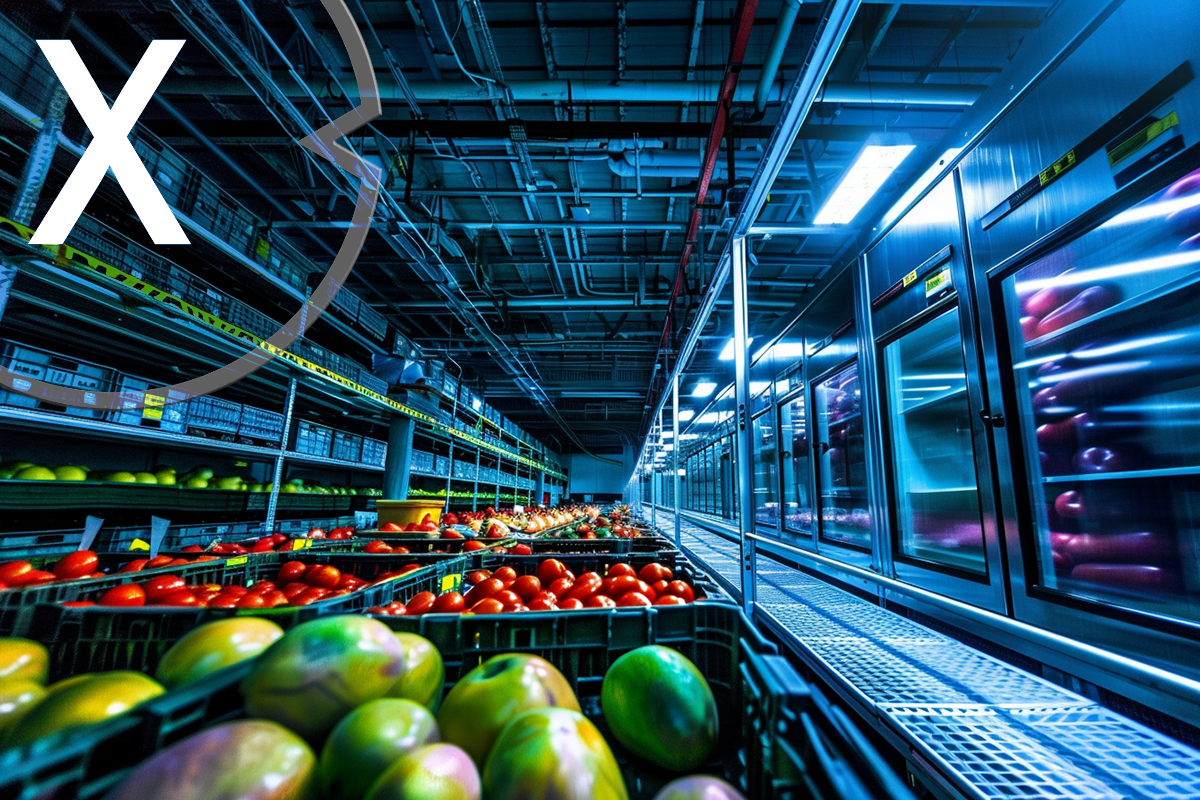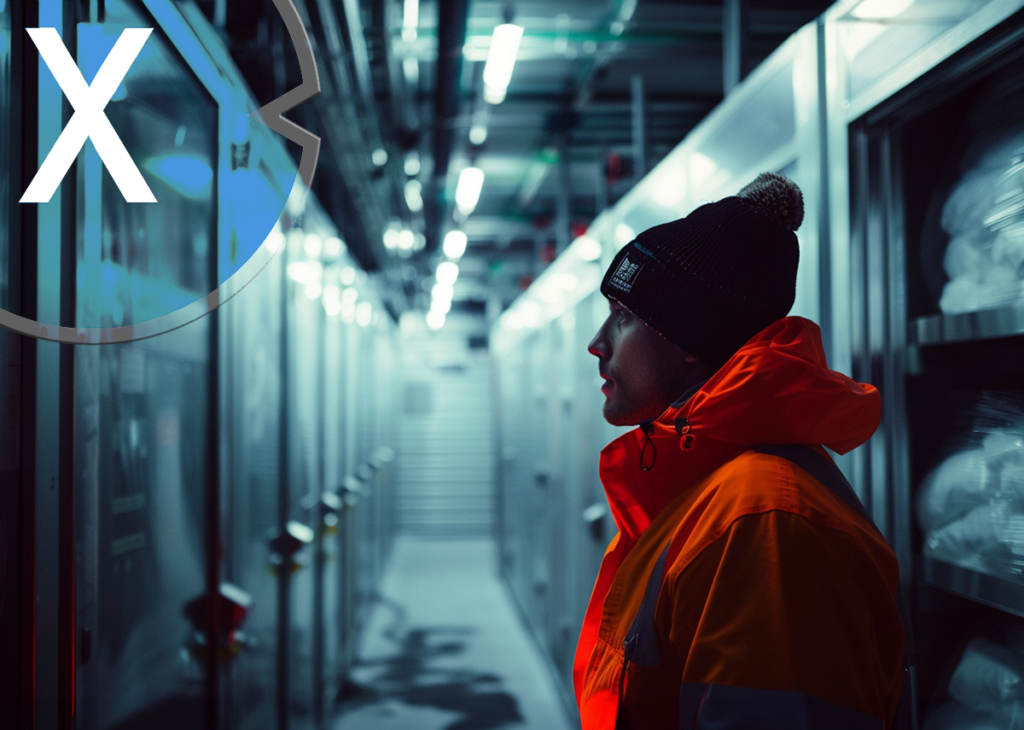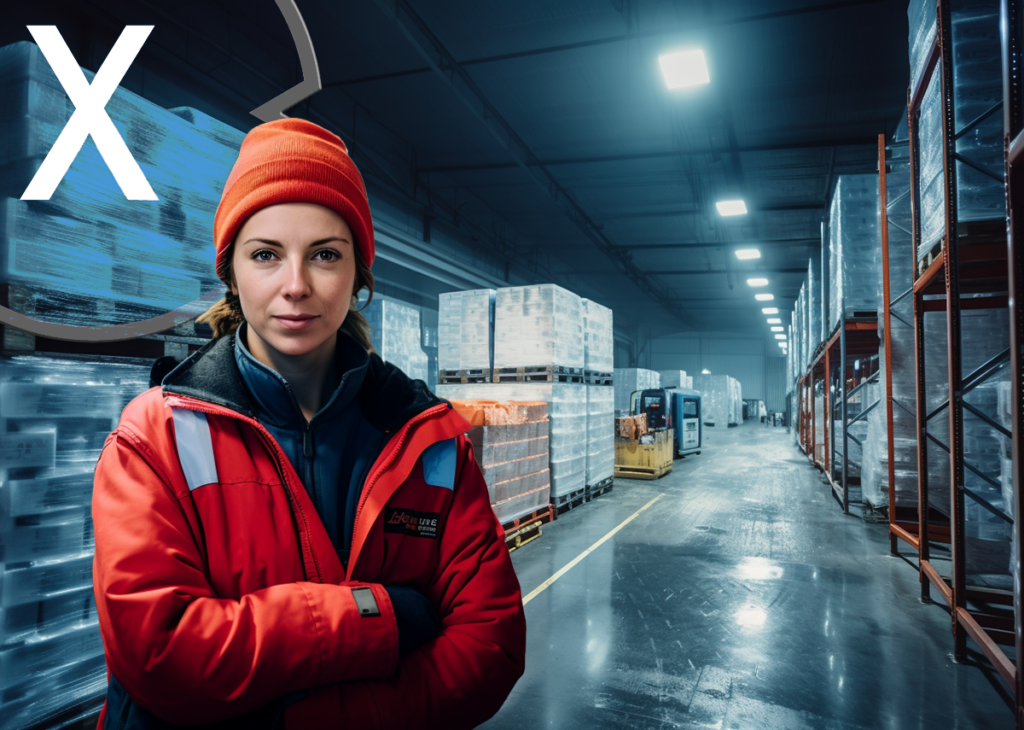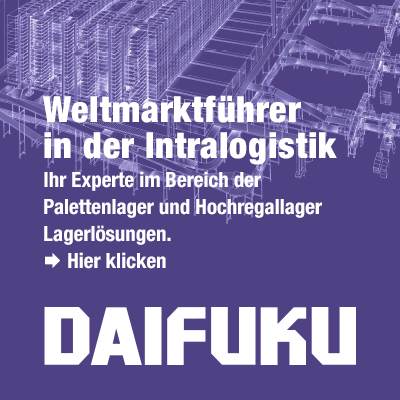Published on: November 3rd, 2024 / Update from: November 3rd, 2024 - Author: Konrad Wolfenstein

Cold chain logistics: How can blockchain technology improve the green cold chain in fresh logistics and refrigerated logistics? – Image: Xpert.Digital
Blockchain for the green cold chain: innovative leap in fresh produce logistics
Blockchain technology has the potential to significantly improve the green cold chain by increasing transparency, traceability and efficiency throughout the supply chain. At a time when sustainability and environmental responsibility are becoming increasingly important, blockchain offers an innovative solution to address the challenges of traditional cold chain processes. Below are the key ways blockchain can help improve the green cold chain.
1. Transparency and traceability
One of the greatest strengths of blockchain technology is its ability to store data immutably and transparently. This is particularly important in the cold chain, as many products – such as food and medicine – are temperature sensitive and must be transported under certain conditions. By using blockchain, everyone involved in the supply chain can track the condition and history of a product in real time.
For example, IoT sensors can be attached to containers or packaging to continuously collect temperature, humidity and location data. This data is then stored on the blockchain where it cannot be manipulated. This means that every participant in the supply chain – from the manufacturer to the end user – can ensure that the products are always stored and transported under optimal conditions. Should there be any deviations, such as an increase in temperature during transport, this is immediately documented in the blockchain, allowing for a quick response to minimize damage.
A practical example of this is the application of VeChain, a blockchain platform that allows the entire supply chain of a product to be transparently tracked. Consumers can use a QR code on a product's packaging to check whether the cold chain has been consistently maintained. This not only increases confidence in product quality, but also helps reduce food waste.
Suitable for:
2. Increased efficiency through automation
Blockchain can also help automate processes within the cold chain and thus make it more efficient. An example of this are so -called “smart contracts”, ie intelligent contracts based on the blockchain. These contracts can be carried out automatically as soon as certain conditions are met.
Suitable for:
In the cold chain, for example, smart contracts could be programmed to sound an alarm or trigger certain actions (such as rerouting transport) when sensors detect a deviation from the set temperature specifications. This reduces the need for manual intervention and ensures that problems can be identified and resolved more quickly.
In addition, smart contracts can also be used to automate payments. A contract could stipulate that a supplier will only be paid when all conditions - such as compliance with the cold chain - are met. This creates additional incentives for everyone involved to maintain the highest standards.
3. Avoiding fraud and manipulation
Another major problem in global supply chains is the possibility of fraud or manipulation of transport documents or product information. Because blockchain data is immutable and every transaction or change is fully documented, this technology can help minimize such risks.
In the context of the cold chain, for example, this means that forgery or manipulation of certificates or transport documents is almost impossible. Any change to the product information is immediately visible to everyone involved and cannot be reversed or changed. This is particularly important for industries such as the pharmaceutical industry or food retail, where trust and security are top priorities.
A practical example is the company SkyCell, which has developed intelligent refrigerated containers for transporting medication. These containers are equipped with IoT sensors and use blockchain technology to store all relevant transport data. During the COVID-19 pandemic, SkyCell was able to ensure that medicines were transported safely despite logistical challenges such as flight cancellations.
Suitable for:
4. Sustainability through optimization
Optimizing processes along the cold chain not only contributes to increasing efficiency, but also to reducing the ecological footprint. By using blockchain, companies can identify and fix vulnerabilities in their processes more quickly.
For example, inefficient routes or unnecessary stops can be avoided by using real-time data from the blockchain. This leads to a reduction in energy consumption and thus also to a reduction in CO₂ emissions. In addition, precise monitoring of temperature conditions enables food losses due to spoilage to be minimized – another important step towards greater sustainability.
The combination of IoT sensors and blockchain technology offers enormous potential here: sensors continuously monitor the condition of the products during transport and immediately report deviations to the system. This data can then be used to make future transport more efficient and make better use of resources.
5. Improve food safety
Food safety is a key issue in the global logistics industry. A broken cold chain can cause food to spoil or deteriorate in quality, with potentially serious consequences for consumers.
Blockchain offers a solution here through complete traceability: Every link in the supply chain can trace exactly when and where a product was stored and under what conditions this happened. If a problem does arise - such as an outbreak of a food-borne illness - it can be quickly traced which batch was affected and where the problem came from.
This not only saves time during recalls, but also helps increase consumer confidence in the safety of their food.
6. Cost savings through efficiency
In addition to the environmental benefits, implementing blockchain technology also offers economic benefits for companies. Costs can be reduced by automating processes and reducing errors.
For example, many manual steps in documenting transport processes are eliminated: Instead of exchanging paper documents between different parties (which is time-consuming and error-prone), all relevant information can be stored and accessed directly in the blockchain. This not only saves time, but also significantly reduces bureaucratic costs.
In addition, preventing product loss through better monitoring helps minimize financial losses - especially in industries such as food retail or pharmaceuticals.
Blockchain as a key technology for a green cold chain
Blockchain technology offers numerous advantages for improving the green cold chain: it increases transparency and traceability along the entire supply chain; it automates processes through smart contracts; it minimizes the risk of fraud; it contributes to the optimization of logistical processes; it improves food safety; and it helps companies reduce costs.
Combined with other technologies such as IoT sensors, blockchain has the potential to make traditional cooling systems more sustainable - both from an environmental and economic perspective. Companies should therefore consider using this technology as part of their strategy to improve their sustainability goals.
Suitable for:
- Cold chain logistics and economic crisis: The market grew faster than the year before - Crisis-proof cold logistics - Image: Xpert.Digital
- Blockchain and distributed ledger technologies: similarities and differences – Image: Xpert.Digital
- Risk management in the cold chain: How can failures and loss of quality be avoided? – Image: Xpert.Digital – AI & XR 3D Rendering Machine (art photo/AI)
- Strengths of blockchain technology – Image: Xpert.Digital
- Cold Chain Logistics Strategies: For more sustainable cold logistics and frozen logistics in global industrial logistics - Image: Xpert.Digital
- Secure identity management with blockchain – Image: Xpert.Digital
Xpert partner in warehouse planning and construction
Blockchain for the green cold chain: innovative leap in fresh produce logistics
Several companies have already implemented successful blockchain cold chain solutions to improve transparency, traceability and efficiency in the logistics of temperature-sensitive goods. Here are some prominent examples:
1. IBM and Maersk
IBM and Maersk have developed a blockchain solution specifically used for the cold chain in food and pharmaceutical logistics. This solution improves the visibility and efficiency of tracking assets along the supply chain by storing immutable temperature data to ensure compliance.
2. SkyCell
SkyCell has developed smart refrigerated containers equipped with IoT sensors that are used to transport medicines. These containers monitor location, temperature and humidity conditions in real time. The data is stored in a blockchain to ensure tamper-proof documentation.
3. Walmart
Walmart has been using blockchain technology since 2018 to improve food traceability in its supply chain. An example is tracking leafy vegetables, where blockchain makes it possible to identify the origin of a product within seconds. Not only does this help with recalls, but it also improves food safety.
4. Overhaul
Overhaul introduced a cold chain quality management solution based on blockchain technology in 2024. This solution aims to manage risk and quality for temperature-sensitive goods in industries such as pharmaceuticals and food.
5. Coforge
Coforge offers a blockchain-based cold chain solution specifically aimed at the transportation of organic products and pharmaceutical goods. This solution uses IoT sensors to monitor temperature and humidity conditions in real time during transportation.
Blockchain technology in cold chain logistics
These companies demonstrate how blockchain technology is successfully used in cold chain logistics to provide transparency, prevent fraud, and minimize losses due to improper storage or transportation.








